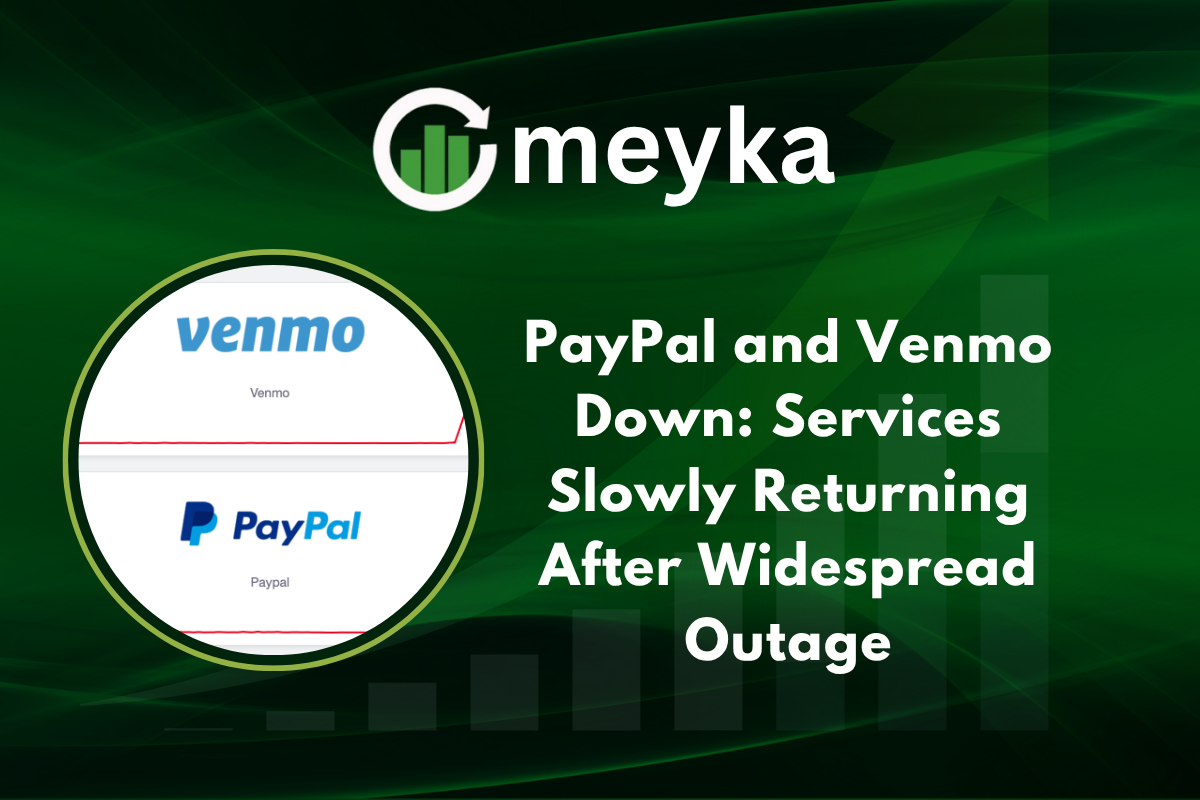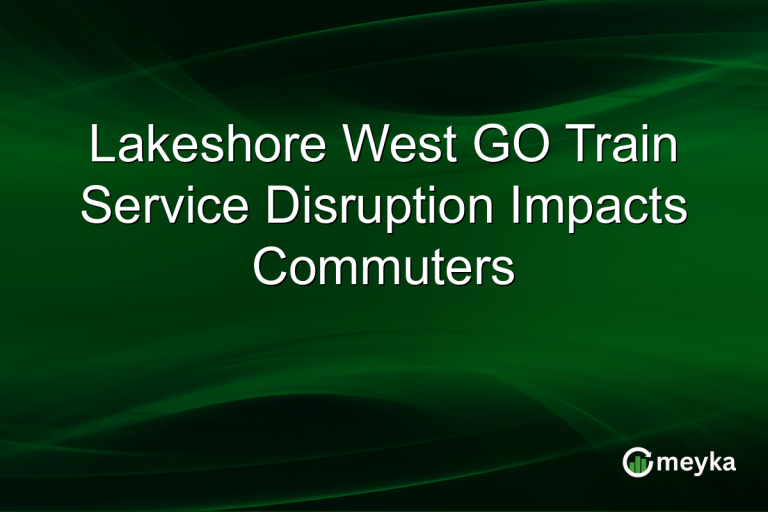PayPal and Venmo Down: Services Slowly Returning After Widespread Outage
PayPal and Venmo users around the world faced a sudden outage that disrupted logins, payments, and business tools. Reports spiked on outage trackers and social media from late morning.
Both services posted updates and said the issue was resolved for most users, though some customers still saw errors. This story explains what happened, who was affected, and how the platforms responded.
PayPal and Venmo outage timeline and impact
The outage began around midday, with thousands of reports on outage trackers and users posting error messages online. DownDetector showed a surge in reports for both systems, peaking in a short time window.
Many people could not view balances, send money, or complete business transactions, including shipping label printing. PayPal later updated its status page and confirmed a production service disruption, saying services were returning to normal.
Why did so many users report problems at once? Outage trackers collect user reports, so a service interruption often creates a quick surge in complaints, which shows the scope of the problem.
How long have users faced issues?
The main disruption lasted for around an hour to a few hours for most people. Some users reported lingering login failures or slow performance after the initial fix.
By mid-afternoon, reports had fallen sharply, and both PayPal and Venmo support accounts acknowledged recovery for many users. Official posts stressed that the problem was technical and that teams were working to restore full service.
Why did the PayPal and Venmo outage happen
Neither company released a detailed root cause immediately. Public updates described a technical issue that affected core services, without naming a specific system fault. That mirrors past outages where complex backend systems or traffic spikes can trigger cascading errors.
Companies often take time to trace the fault, and they typically share details after a full review. Tech coverage notes PayPal did not indicate a security breach during the incident.
Could this be a cyber attack? At this stage, PayPal said the outage was technical and did not state it was a breach, so there is no public evidence of a cyber attack yet.
User reactions and real world impact
Users reacted on social media with frustration and worry. Many posted screenshots showing error messages when trying to pay or withdraw funds.
Small businesses reported trouble printing shipping labels and receiving payments. Some people turned to alternative apps to move money.
The outage showed how dependent many people are on digital payment platforms for daily tasks and commerce.
Official responses from PayPal and Venmo
PayPal and its support channels acknowledged the outage and posted updates as systems returned. The company described the event as a brief service disruption and said it had restored functionality for most users.
Both platforms encouraged users to check official status pages and support channels for the latest updates. Coverage of the incident quotes PayPal statements that stress the teams were working to resolve issues and to protect user funds.
What should users do if they still see errors? Check official status pages, log out and log back in, and contact customer support if funds seem missing or transactions failed.
How outage trackers and news sites covered the event
Live blogs from tech outlets tracked the spike in reports, and they used Downdetector data to map the outage footprint. Popular tech sites provided minute-by-minute updates, reporting the fall and subsequent drop in incident reports.
National news sites also summarized the disruption and PayPal’s public reply. This broad coverage helped users know the issue was widespread, and not limited to their device or account.
Business and merchant concerns during the PayPal and Venmo outage
For small merchants, the outage interrupted payments and order fulfilment. Sellers who rely on instant payments for shipping faced delays. Some vendors reported switching temporarily to other payment processors.
While the outage was short, it highlighted the need for contingency plans for businesses that depend on a single payment provider. Tech analysts say outages like this can erode trust, if they happen often, but a single, well-handled incident usually has limited lasting damage.
Are users’ funds safe after the outage?
According to official statements, user balances were not compromised during the technical issue. PayPal maintained that account balances and transaction records remain secure. Customers who saw failed transactions should verify their activity once services are fully restored, and contact support for any unexplained discrepancies.
How companies prepare to avoid future PayPal and Venmo outages
Payment platforms invest in redundant systems, traffic management, and fast incident response teams. After outages, companies typically conduct root cause analyses, publish post-mortems if needed, and improve monitoring.
For users, the best step is to stay informed via official channels and to use backup payment options where possible. Tech reporters stress that transparency and clear communication during incidents build user trust.
Will outages like this happen again? No system is perfect, but platforms that learn from incidents, share findings, and invest in resilience reduce future risks.
Conclusion
The PayPal and Venmo outage was a sharp reminder of how central mobile payments are to daily life. The disruption hit logins, payments, and merchant tools, and it sparked fast coverage across outage trackers and tech news.
Both platforms restored most services within hours, and they assured users funds were safe. For now, the incident looks like a technical failure that teams are already reviewing. Users should monitor official status updates, check account activity carefully, and consider backup payment options where needed.
FAQ’S
According to outage trackers (e.g. Downdetector), the service saw a spike in incident reports during system disruption.
Venmo is owned by PayPal Holdings, Inc., operating as a payment service under the PayPal umbrella.
Coverage points to a technical failure or backend disruption causing core services to fail temporarily.
Outage-tracking sites and tech news report frequent user complaints during service disruptions.
Data and surveys note shifts toward other mobile payment apps when users experience outages or fees.
Reliable status pages and news sources usually confirm Apple Pay is operational unless specifically reported otherwise.
Disclaimer
This is for information only, not financial advice. Always do your research.






